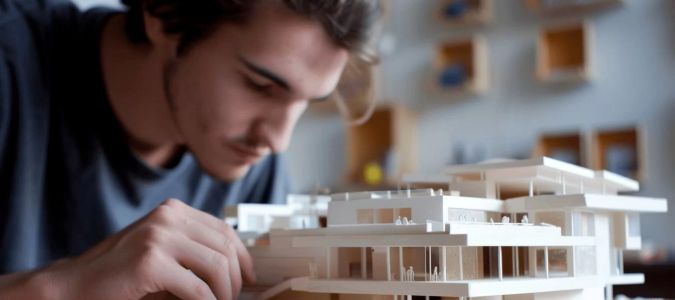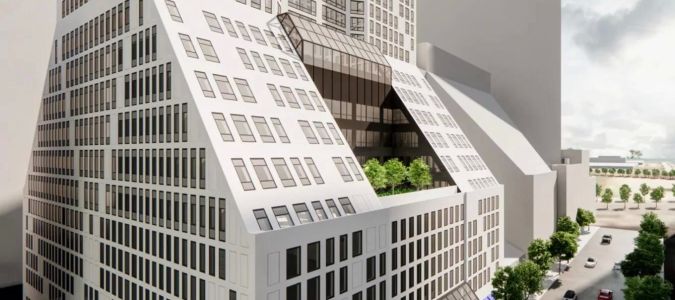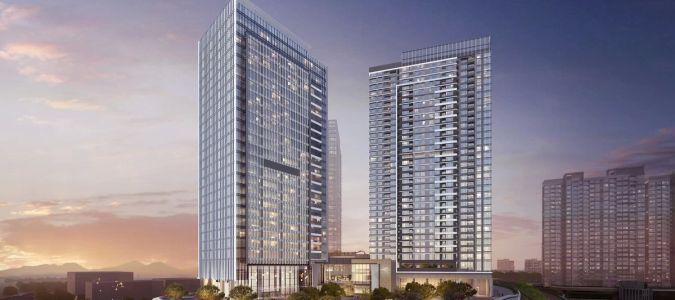In today’s world, architects are tasked not only with creating functional and visually appealing structures, but also with addressing the deeper social, cultural, and environmental challenges that come with modern design. Urbanization, climate change, and growing cultural diversity present unique obstacles that require creative and sustainable solutions. Architects must consider these challenges and work to create spaces that are responsive to the needs of their communities and the environment. Let’s explore how architects are meeting these challenges head-on in their designs.
- Addressing Social Challenges in Architectural Design
- Incorporating Cultural Sensitivity in Architecture
- Tackling Environmental Concerns in Architecture
- Real-Life Examples of Architecture Addressing These Challenges
- How Expert Architects Can Help You Overcome These Challenges
Addressing Social Challenges in Architectural Design
Social challenges in architecture are often linked to creating spaces that cater to the needs of diverse populations, improving access to resources, and promoting social equity. Architects need to design spaces that foster inclusion, community engagement, and provide affordable living options. For example, many urban developments now include affordable housing units integrated with public spaces such as parks, community centers, and transportation hubs to ensure that all members of society can benefit.
Furthermore, architects are increasingly embracing the concept of "designing for social good," ensuring that their work enhances public well-being. One example is the design of public libraries, schools, and health centers, which are being crafted to improve social integration and offer equal opportunities for all individuals, regardless of their background.
Incorporating Cultural Sensitivity in Architecture
Architects must also address the cultural challenges that come with designing in diverse and multicultural environments. Architecture has always been a reflection of the culture in which it is created, and designers must be sensitive to local customs, traditions, and historical context. This can be seen in the use of materials, shapes, and designs that resonate with the cultural identity of a community.
A prominent example of cultural sensitivity in architecture can be found in the design of the 10 Jay Street building in Brooklyn, New York. This structure integrates elements from the surrounding community’s artistic and industrial history, creating a space that feels both modern and connected to its roots. Such design decisions show how architecture can honor cultural identity while still pushing the boundaries of modern construction techniques.
Tackling Environmental Concerns in Architecture
As environmental concerns grow, architects are becoming increasingly conscious of their role in reducing the carbon footprint of their designs. Sustainable architecture focuses on energy efficiency, using renewable resources, and incorporating green spaces. By designing with the environment in mind, architects aim to create buildings that are energy-efficient and reduce harmful impacts on the planet.
One popular trend is the incorporation of green roofs, solar panels, and natural ventilation systems into urban buildings. These innovations help reduce energy consumption and provide a healthier environment for occupants. The 10 Jay Street building, for example, incorporates cutting-edge sustainable technology, including rainwater harvesting and energy-efficient heating and cooling systems, demonstrating how modern architecture can help mitigate environmental challenges while meeting the needs of its inhabitants.
Real-Life Examples of Architecture Addressing These Challenges
To truly understand how architects address these social, cultural, and environmental challenges, we can look to real-life examples. One standout project is the 10 Jay Street building in Brooklyn. This mixed-use building integrates sustainable design elements, provides space for creative industries, and considers the social and cultural dynamics of the area. Another example is the VanDusen Botanical Garden Visitor Centre in Vancouver, which is designed to have minimal impact on the surrounding environment while incorporating local cultural references.
How Expert Architects Can Help You Overcome These Challenges
If you’re looking to create a building that addresses social, cultural, and environmental challenges, hiring an expert architect is crucial. These professionals have the experience and knowledge to balance aesthetics, functionality, and sustainability while ensuring that their designs respect and reflect the values of the community they serve. Working with an architect can help you navigate local regulations, integrate modern technologies, and ultimately create a space that enhances the lives of those who use it.
For a deeper dive into how expert architects can help you overcome these challenges, visit 10 Jay Street for inspiration and guidance on your next architectural project.








